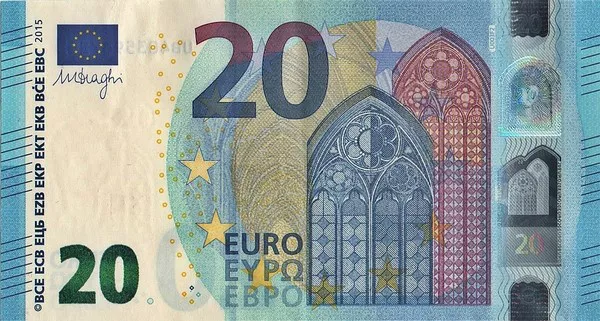The US dollar is the most widely traded currency in the world, with the euro coming in second place. However, over the past several years, the dollar has consistently been stronger than the euro. In this article, we will explore some of the factors that have led to this phenomenon.
1. Economic Stability
One of the primary reasons why the dollar is stronger than the euro is due to the economic stability of the United States. The US economy has been growing steadily over the past few years, and it is expected to continue to do so in the future. This growth is due to a variety of factors, including low unemployment rates, high consumer confidence, and a relatively stable political environment.
On the other hand, the European economy has experienced more volatility and instability in recent years. The eurozone crisis, which began in 2008, saw many European countries struggle with high levels of debt, leading to fears of a potential collapse of the euro. While the situation has stabilized somewhat, there are still concerns about the long-term sustainability of the euro.
2. Interest Rates
Another factor that contributes to the strength of the dollar compared to the euro is interest rates. The Federal Reserve, which is responsible for setting monetary policy in the United States, has consistently kept interest rates higher than those set by the European Central Bank (ECB).
When interest rates are higher, investors are more likely to invest in a particular currency. This is because they can earn a higher return on their investment through interest payments. As a result, the higher interest rates in the US make the dollar more attractive to investors than the euro.
3. Political Instability
Political instability can also play a role in the strength of a currency. In recent years, Europe has experienced a number of political challenges, including Brexit, the rise of populist movements, and tensions between member states.
These challenges have led to a lack of confidence in the euro, as investors are unsure about the long-term stability of the European Union. In contrast, the United States has a relatively stable political environment, which is seen as a positive for the US dollar.
4. Reserve Currency
The status of the US dollar as the world’s reserve currency also contributes to its strength relative to the euro. A reserve currency is a currency that is held in significant quantities by governments and institutions around the world.
The US dollar has been the dominant reserve currency for decades, and many countries hold large amounts of dollars in reserve. This gives the US dollar a level of stability and credibility that the euro does not have.
5. Trade
Finally, trade can also play a role in the relative strength of currencies. The United States is the world’s largest economy, and it engages in a significant amount of international trade. As a result, the demand for dollars is high, as many countries need to use dollars to purchase goods and services from the US.
In contrast, Europe has struggled to keep up with the US in terms of international trade. While the euro is still an important currency in global trade, it is not as in demand as the US dollar.
Conclusion
Overall, there are several factors that contribute to the strength of the US dollar compared to the euro. These include economic stability, interest rates, political instability, reserve currency status, and trade. While some of these factors may change over time, for now, the US dollar remains the stronger of the two currencies.


